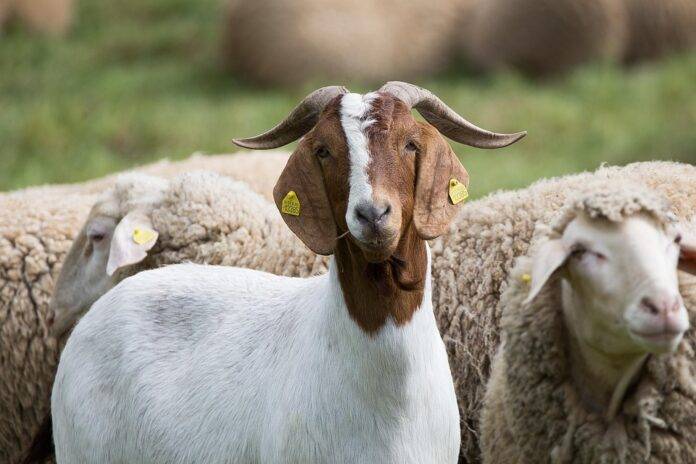The Sustainability of Goat Dairy Farming in Arid and Mountainous Regions
Goat dairy farming plays a crucial role in the agricultural industry, especially in arid and mountainous regions where traditional dairy farming may not be as feasible. In these challenging environments, goats have proven to be resilient and adaptable animals that can thrive on sparse vegetation and rugged terrains. This report will explore the sustainability of goat dairy farming in such regions, considering factors like climate, water availability, market demand, and financial viability.
Climate Resilience and Adaptability of Goats
One of the key reasons why goat dairy farming is sustainable in arid and mountainous regions is the resilience and adaptability of goats to harsh climates. Goats are known to be hardy animals that can survive on limited water and forage, making them well-suited for environments with low rainfall and sparse vegetation. Their ability to browse on a wide variety of plants also makes them ideal for mountainous regions where grazing land may be limited.
Water Efficiency in Goat Dairy Farming
Water scarcity is a major concern in arid regions, but goats are relatively water-efficient compared to other livestock animals. They have lower water requirements per unit of milk produced, making them a more sustainable option for dairy farming in water-stressed areas. Additionally, goats can thrive on a diet of browse and shrubs that require less water to grow, further reducing the water footprint of goat dairy farming in arid regions.
Market Demand for Goat Dairy Products
The demand for goat dairy products has been steadily increasing in recent years, driven by consumer preferences for healthier and more sustainable food options. Goat milk is known for its high protein and nutrient content, making it a popular choice among health-conscious consumers. In arid and mountainous regions, where traditional dairy farming may be limited, goat dairy products offer a valuable alternative that can meet the growing demand for nutritious and sustainable food options.
Financial Viability of Goat Dairy Farming
Despite the challenges of farming in arid and mountainous regions, goat dairy farming can be financially viable with the right management practices and market strategies. The initial investment in setting up a goat dairy farm may be lower compared to traditional dairy farming, as goats require less land and infrastructure. Additionally, the growing demand for goat dairy products can provide farmers with a stable source of income and opportunities for expansion.
Industry Insights and Trends
The goat dairy industry is experiencing steady growth globally, with major players like Laloo’s Goat Milk Ice Cream and Meyenberg dominating the market. These companies have been at the forefront of promoting goat dairy products as a sustainable and healthy alternative to traditional dairy products. As consumer awareness of the benefits of goat milk continues to rise, the industry is expected to see further growth and innovation in the coming years.
In conclusion, goat dairy farming in arid and mountainous regions is a sustainable and viable option for farmers looking to diversify their operations and tap into the growing market demand for goat dairy products. With their resilience, adaptability, and lower environmental impact, goats offer a sustainable solution for dairy farming in challenging environments. By leveraging market trends and adopting efficient farming practices, goat dairy farmers can thrive in arid and mountainous regions while contributing to a more sustainable food system.




